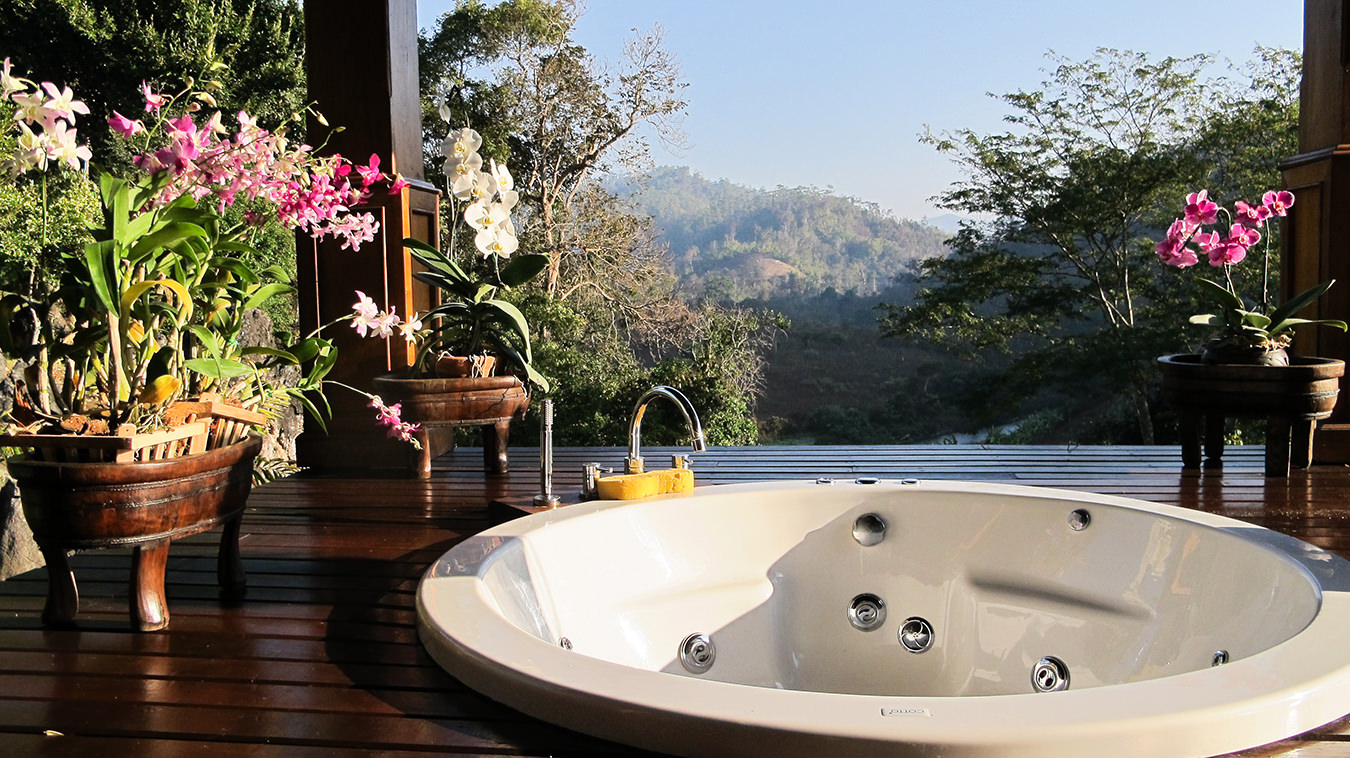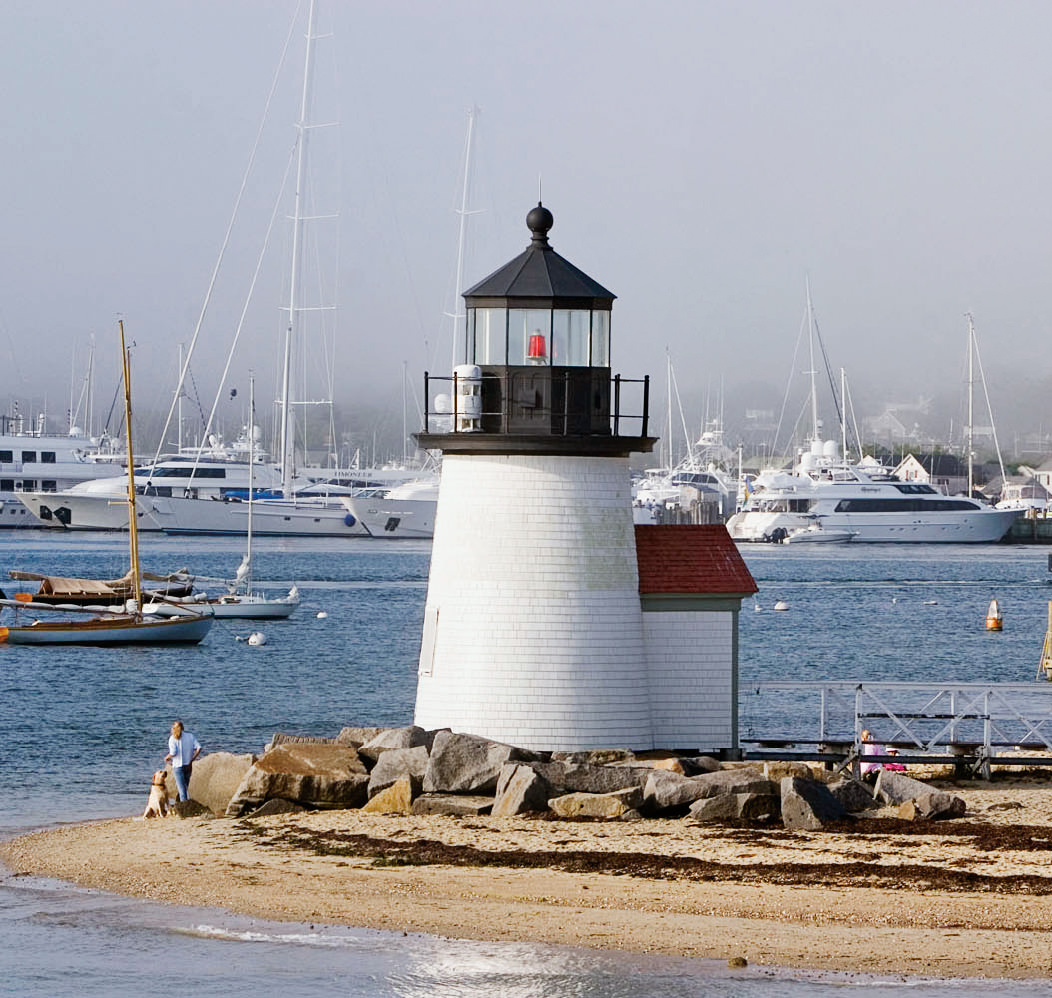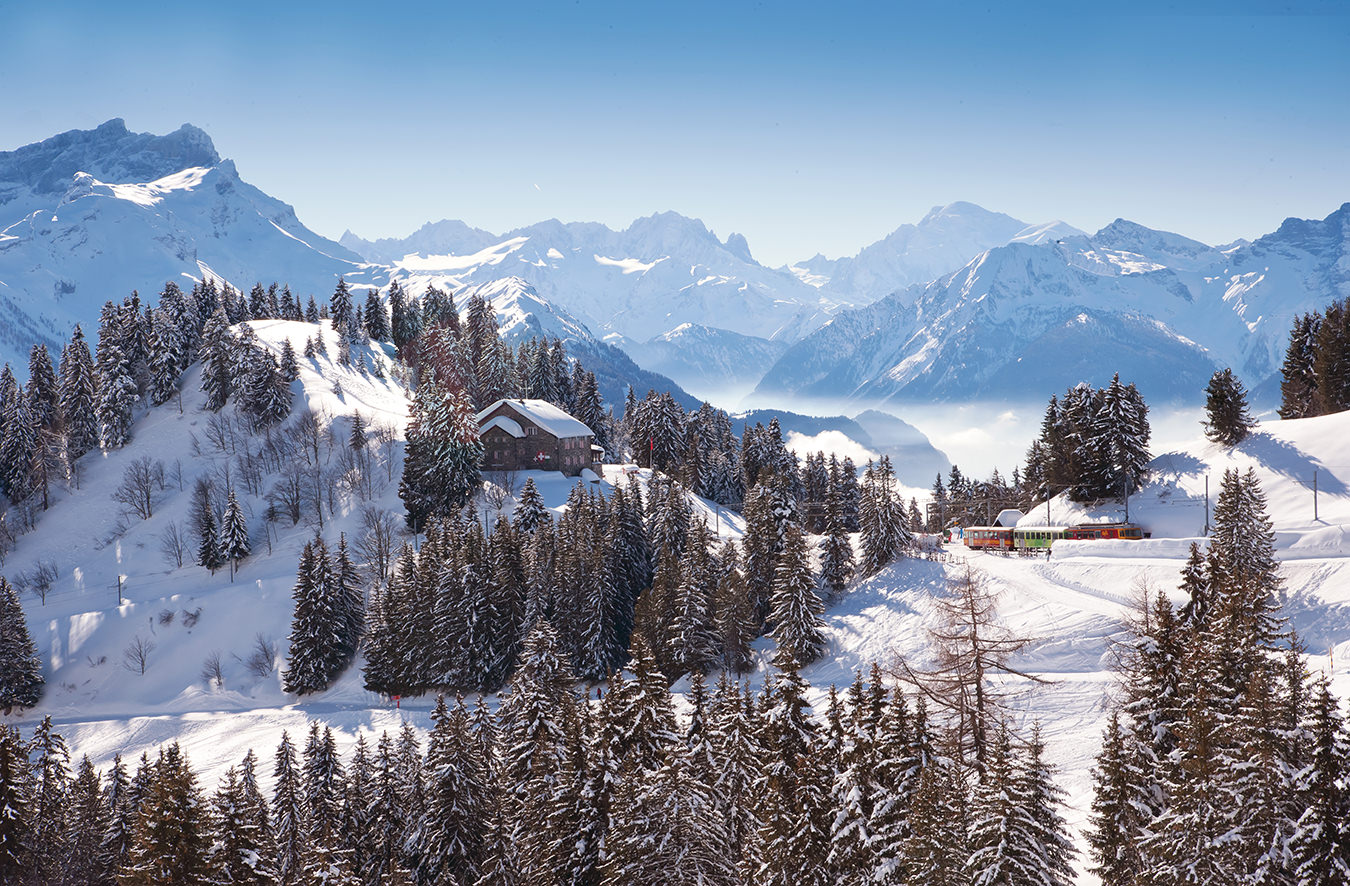Tasmania Wild
Australia’s island state.
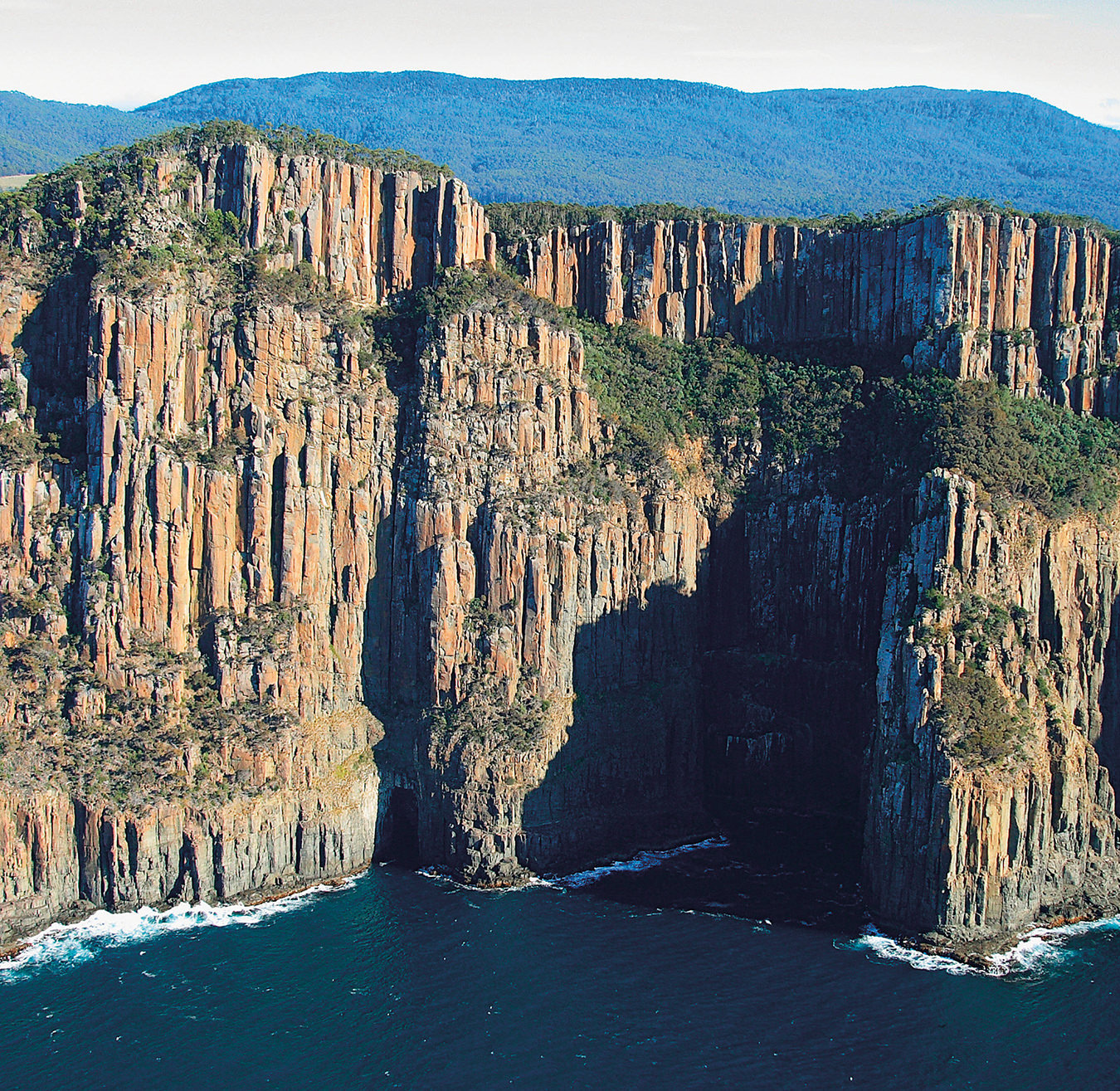
The cliffs of Tasmania’s Bruny Island, located off the south coast of the main island. Photo provided by Tourism Tasmania and wilderness & Fishing Adventures.
Just because you can tame something doesn’t mean you should. And thankfully, Tasmanians agree. The rugged island off Australia’s southern shore is known as the country’s wildest state, and also its smallest. Within its heart-shaped borders lurks an island utopia.
Tasmania is divided from the rest of the country by a 250-kilometre-wide leap off the south coast of the mainland—but it is not a microcosm of Australia. In field, flora, and feel, it is a world away. To fresh eyes, the state can be most easily described as the sum of many other countries’ parts: a sheep-dotted Irish countryside, the surf of Hawaii’s Big Island and its secluded rainforest waterfalls, the dry hills of the Serengeti and its hiding wildlife. But that would only scratch the surface of Tasmania’s 68,102 square kilometres, which is roughly the size of Scotland.
Here, sandstone sea cliffs tower over the Tasman Sea, and it’s not uncommon to see breaching whales lurching out of the blue. Travellers and locals alike embrace their inner daredevils by climbing rock formations like the Totem Pole, a 60-metre-tall sea stack teetering in the bay of Cape Hauy, or by surfing the extreme waves off of Shipstern Bluff, nearby the Tasman Peninsula in the south. A number of internationally renowned vineyards thrive on the east coast of the island, and in the west lies the largest temperate rainforest in Australia.
Wilds and wine aside, Tassie is also a breadbasket for warm-weather bounty like black truffles, saffron, and lavender; 25 per cent of the world’s supply of abalone comes from Tasmania, and fishermen pull salmon, mussels, oysters, and their famous ocean trout from the surrounding seas. As if it isn’t utopic enough, Tasmania has a reputation for the cleanest air in the world; the state licence plate reiterates the sentiment “Your Natural State”, and it is.
And then there are the Tasmanian devils. The carnivorous marsupials appear frequently, whether plastered on roadside warning signs and the logos of Parks and Wildlife Service Tasmania, or screaming their shrill Exorcist-like cries in conservation parks at dusk. (Sadly, 80 per cent of the island’s devil population has been wiped out in the last 15 years from a transmissible cancer.) For an island so wild at heart, it feels like a given that its most famous residents are just as untamed.
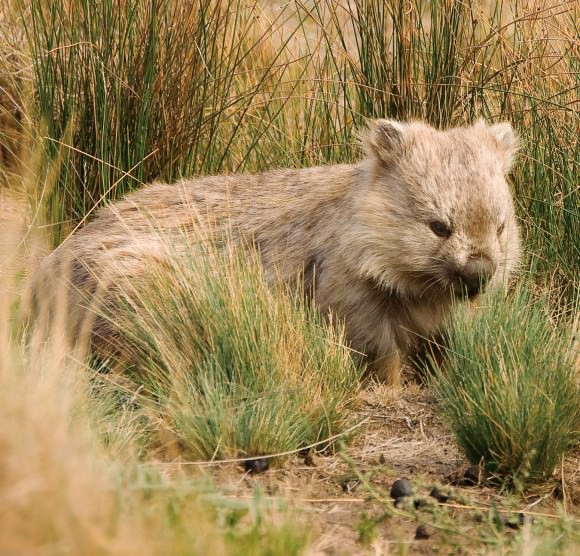
The bare-nosed wombat is one of Tasmania’s beloved marsupials. Photo provided by Tourism Tasmania and Toby Story.
The locals know what they have—wildlife and wilderness alike—and it seems the state’s golden rule is one of preservation and conservation. Over 40 per cent of the island is protected as national parks and reserves, and wildlife conservancies abound.
A 25-minute drive outside of Hobart, the capital city, the Bonorong Wildlife Sanctuary is a haven unique from the rest in that it offers the only wildlife rescue program in Tasmania. With a network of over 250 volunteers throughout the south, Bonorong helps rescue orphaned and injured wildlife (often they are hit-and-run victims), and rehabilitates them. At the sanctuary, recuperating animals can be hand-fed by visitors—imagine kangaroos clutching at your hands to eat from them and the powerful jaws of wild-eyed devils tearing at raw meat held high above their heads. When the feeding frenzy subsides, get to know slow-moving wombats, mini-kangaroos called pademelons, and porcupine-like, egg-laying mammals, the echidna.
Tasmania’s newest architectural structures blend in with the surrounding lands. Take, for instance, art collector David Walsh’s Museum of Old and New Art, carved deep into the 240-million-year-old sandstone, consisting of three subterranean floors filled with artworks by the likes of Damien Hirst alongside those by contemporary Tasmanian artists. The Nonda Katsalidis–designed complex could be a James Bond villain’s headquarters; from afar, its colouring and design provide a near-flawless camouflage.
And then there are the heritage buildings; notably, the Henry Jones Art Hotel. Built in the bowels of a former jam factory (the site dates back to 1804), it’s been fully refurbished with vaulted ceilings, brightly coloured rooms, exposed beams, and contemporary artworks (many of them by graduates of the Tasmanian School of Art) lining the hallways.
Contemporary as some parts may be, a local puts it aptly: “We’re the least cosmopolitan of the states.” And, partly for that reason, Australians and visitors take the one-hour flight south from Melbourne to escape the city lights and return to the untamed wild.
Top photo provided by Tourism Tasmania and wilderness & Fishing Adventures.





